6 Business Process Examples and Automation Ideas
Wednesday, June 14, 2023
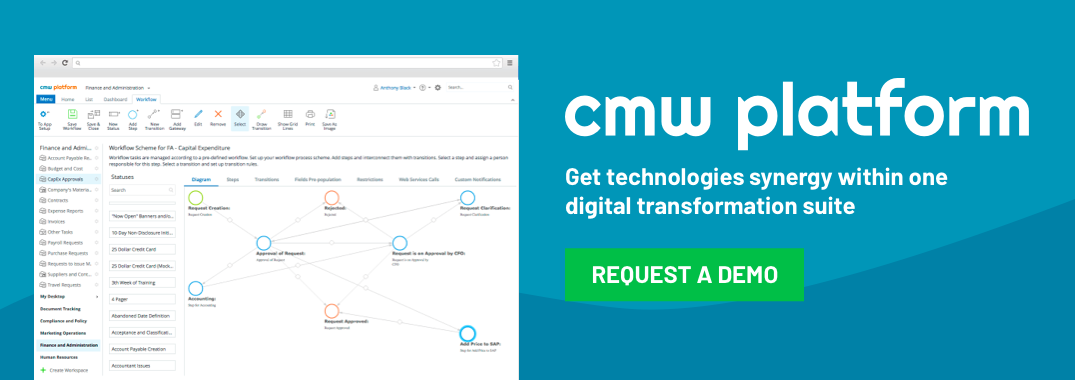
Table of Contents
What is a Business Process?
Nowadays the fast-paced business environment requires the implementation of automated business processes, which has become increasingly important due to its numerous benefits. Automated business processes not only improve efficiency but also take errors to minimum and enhance team productivity. By leveraging new technologies such as machine learning (ML), artificial intelligence (AI), and robotic process automation (RPA), organizations received the ability to streamline their operations and achieve significantly better results.Generally, a Business Process is a set of related, structured activities and steps performed by the people or equipment in an organization in order to achieve the basic organizational goals like Profit maximization and Customer satisfaction.
Business processes may be repeated many times at all organizational levels and may or may not be visible to the customers.
A Business process is often regarded as a flowchart or workflow of logical steps, and it serves as a primary foundation for several related ideas like Business Process Management, Process optimization, Process mapping, Process Simulation, Process Automation, etc.
However, it must be noted that a Business Process can either be Manual or Automated. A Business Process is considered manual when the process is achieved by human i.e without the aid of any assisting technology or automation model. While an Automated Business process is that which is achieved using an automation model or assisting technology. What differentiates the two is that Automated is modern and it is more accurate, standardized or optimized compared to the manual method.
One of the main advantages of automated business processes is the minimization of manual tasks, which are usually time-consuming and error-prone. With automation, repetitive activities can be performed seamlessly and consistently, freeing up valuable time for employees to focus on more strategic and value-added tasks. This leads to increased productivity and employee satisfaction.Moreover, automated business processes let organizations achieve a higher level of accuracy and standardization. As automated processes stick to earlier defined rules and algorithms, they ensure more precision in every step. That’s why the companies see an enhancement in the quality of outputs but also improvement of customer satisfaction as they experience a more reliable and consistent service.said Michael Donaghey, Director of North American Operations at CMW Lab.
Furthermore, automation brings the real-time monitoring and analytics of business processes to enterprises. Teams can easily identify bottlenecks, inefficiencies and eliminate them with the help of data-driven insights. This enables them to make informed decisions, optimize their workload, and drive the culture of improvement throughout the organization.
The importance of Business Processes to small, medium, and large businesses cannot be overemphasized as it helps your business function to be more orderly and streamlined, and thus facilitating Business Process Management as well as improving the organization’s efficiency and productivity. We will discuss more about Business process examples and automation ideas later in this article.
Basic Steps of Business Process Implementation
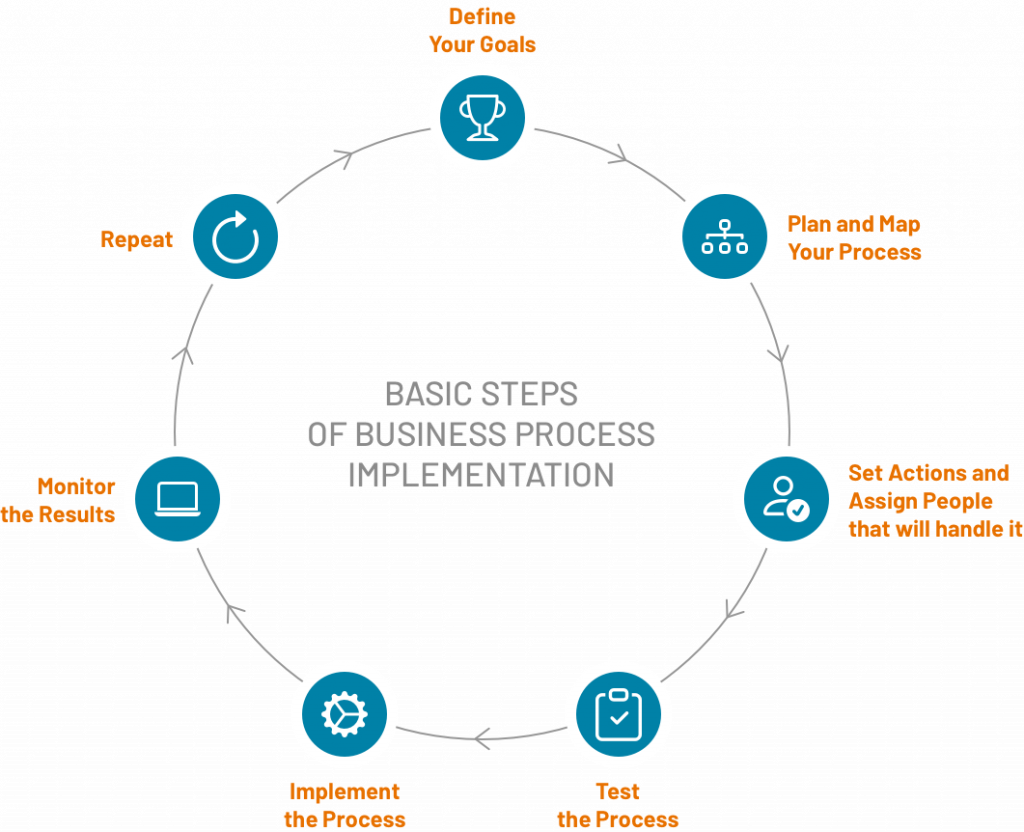 Step 1: Define Your Goals
Step 1: Define Your Goals At this stage, you will first define the basic purpose of the process as well as the reasons for creating it.
Step 2: Plan and Map Your Process
Here you ruminate on effective strategies you can adopt to achieve the set goals and what resources you need for this
Step 3: Set Actions and Assign People that will handle it
Who are the best individuals to handle the tasks? What are the machines they will need to execute the plan? These and more are what you will make decisions about here
Step 4: Test the Process
The goal here is to first scrutinize the process at a low-key level and see how it fared.
Step 5: Implement the Process
If you are convinced with the results you get after testing the process, then it is time to run it on a global level. At this stage, present the process to all those who will be handling the tasks and train them for better results.
Step 6: Monitor the Results
Try reviewing the process and check for any threats it may later bring, and find a way to mitigate the risk.
Step 7: Repeat
If you were able to achieve the set goals with the process, continue to replicate it and always track its effectiveness and progress along the line
Business Process Examples
As earlier said, business processes occur at all organization levels and it varies from one industry to the other. For instance, the business process used in the mining industry would be quite different from the one in Finance, Health, Aviation, Security, etc. since the nature of their business is not the same. Here are business processes examples of some industries and firms:| INDUSTRY/FIRM | BUSINESS PROCESS EXAMPLE |
| Manufacturing | Order processing, engineering change control, product assembly, product line process, quality assurance, maintenance |
| Finance | Invoicing process, expense management process, risk management process, the billing process, CapEx management |
| Health | Medical assessment process, drug approval process, financial process. |
| Banking | Customer onboarding process, credit check process, the risk assessment process, claims management |
| Travel | Agent billing, trip booking, leave management process, business travel management process. |
| Procurement | Purchasing, invoice reconciliation, account receivable |
| Advertising | Cost estimating, project approval, cost reviewing |
| Sales and Marketing | Product delivery process, product development process, the marketing research process, marketing metrics estimation |
In CMW Lab we believe that with the right BPM solution, you can not only streamline your existing processes based on the pre-built frames but also unlock new opportunities for growth and differentiation. It’s all about putting the power of app creation in your hands and enabling you to shape your business operations in a way that drives your success. The right software gives you the unlimited freedom of process creativity.said Michael Donaghey, Director of North American Operations at CMW Lab.
What are Some of the Terms Related to the Business Process?
A Business Process can be linked with several business concepts and terminologies, which includes Business Process Automation, Business Process Modeling, Business Process Reengineering, Business Process Simulation, Business Process Monitoring, but to mention a few.However, in this context, we shall be laying more emphasis on Business Process Automation so as to help you understand how it works, as well as its importance to your business.
Business Process Automation Explained
Business Process Automation involves the use of assisted technology such as software & apps in performing business processes and activities, with the sole aim of minimizing cost and increasing productivity. When a business has its processes automated, it stands a chance to reap some benefits like greater efficiency, minimal error, reduced labor stress, cost minimization, profit maximization, better customer satisfaction, among others. A great example of common process automation found in businesses is the sales process automation and IT process automation.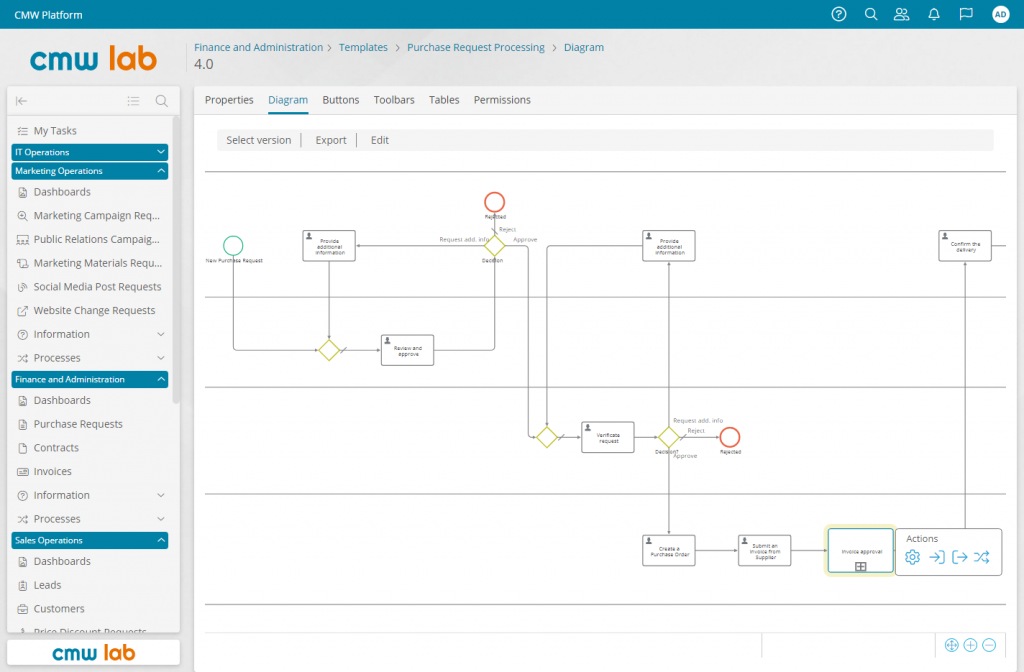
Visual workflow builder for non-coding business process automation
Business process automation is not restricted to data management and record keeping alone; it allows you to exercise absolute control over various business issues like facility management, marketing, customer relationships, employee analytics, staff recruitment, standardization, but to mention a few.
Why Automate Your Business Processes?
Do you still doubt the capabilities of Business Process Automation? Consider these:- Business Process Automation brings about Increasing Value Per Work – When you automate your business the workload on the employees will decrease and they will be able to channel their strength and creativity to other essential assignments and tasks. This will, in turn, enhance their focus and productivity.
- Business Process Automation leads to Higher Employee Satisfaction – There are some business processes that are extremely complicated and if you leave them for the employees to handle, it may not only put them in the middle of chaos, but also demotivate them. But on the contrary after implementing automated workflows the employees will concentrate on really business-critical tasks.
- Business Process Automation Minimizes Human Error – As long as humans beings are involved in a process, the error is inevitable, and some errors can be colossal at times. Automating your business will help eliminate every form of human error, and thus giving you a more accurate result.
Other Benefits of Business Process Automation Include:
- Streamlined communication
- Cost minimization
- Improved workflows
- Increased flexibility
- Better customer satisfaction
- Consistent maintenance of a work standard
- Increased product/service quality
- Increased administrative control.
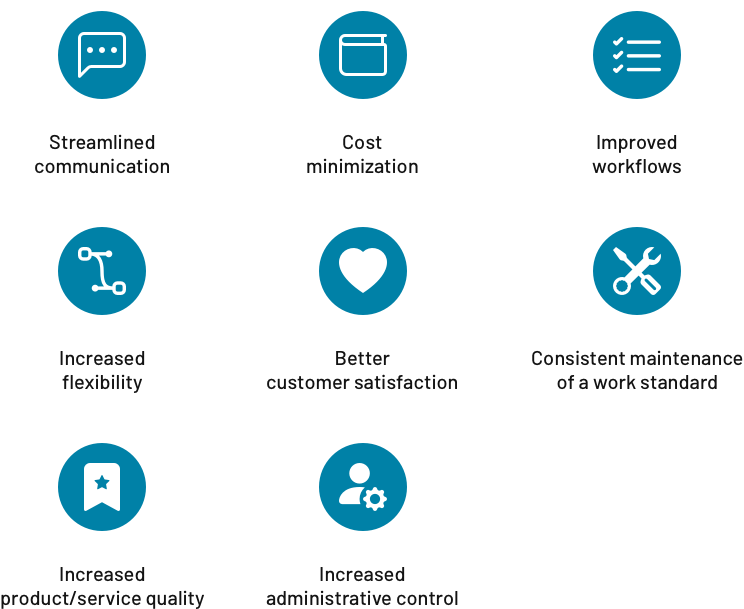
6 Amazing Business Processes and Automation Ideas
Numerous automation experts opine that automating a business brings about higher productivity, while it frees both the employees and the managers from most of the hectic and time-consuming tasks in the firm.Here are examples of how automating your business can help make life easier at work:
- Hiring process
To make the hiring process seamless, you can make use of Automated hiring tools that will read through applications submitted by the employees speedily. These tools are also capable of searching for related keywords in each application so as to easily identify the candidates that best suit the available position in your organization.
Again, when you automate your hiring process, you will be able to reduce the cost and time incurred in the process.
- Employee analytics
- Employee help desk support
- Task or Project Management
- Social Media Management
However, operating social media accounts can be daunting at times, because the handler would need to be posting new updates every hour, which could be consuming much time.
Therefore, to minimize the time spent on Social Media Management, you can use Social Media automation tools that will allow you to schedule your posts for let’s say a day, a week, or a month.
- Auditing
BPM FAQ
Q1: What is the significance of process management and automation for businesses?
A1: Automation and process management are essential for businesses because they increase effectiveness, production, and customer happiness. Organizations may improve workflows, automate monotonous procedures, and streamline operations while lowering errors and more efficiently allocating resources.
Q2: How can businesses identify which processes to automate?
A2: Processes must first be assessed for volume, complexity, and influence on company objectives. Automation is typically an excellent option for repetitive, rule-based, and time-consuming processes. Processes having a high potential for cost savings or mistake reduction should also be taken into account.
Q3: What are the key benefits of process automation?
A3: Process automation offers several benefits, including increased efficiency, improved accuracy, reduced costs, and faster turnaround times. It also enables real-time monitoring and analytics, allowing businesses to identify bottlenecks and make data-driven decisions for process optimization.
Q4: Are there any challenges or risks associated with process automation?
A4: Process automation has a number of advantages, including higher accuracy, quicker turnaround times, lower costs, and increased productivity. Additionally, it offers real-time monitoring and analytics, enabling companies to locate bottlenecks and take data-driven actions to improve processes.
Q5: How can businesses ensure successful process management and automation?
A5: The management and automation of processes must be approached holistically. Prior to automation, it is crucial to perform a complete analysis and optimization of the processes, involving stakeholders and subject matter experts. Success depends on effective communication, change management, and continual oversight. Utilizing the knowledge of automation consultants or specialists can also assist businesses in overcoming obstacles and maximizing the advantages of automation.
Conclusion
Having shown you some of the Business Process Example and Automation Ideas, we guarantee you of increased productivity and efficiency at your workplace, provided you incorporate them adequately into your business.CMW Platform makes it a snap to model your own business process and get it up and running quickly.



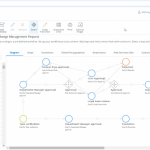
Posted on: in Bpm